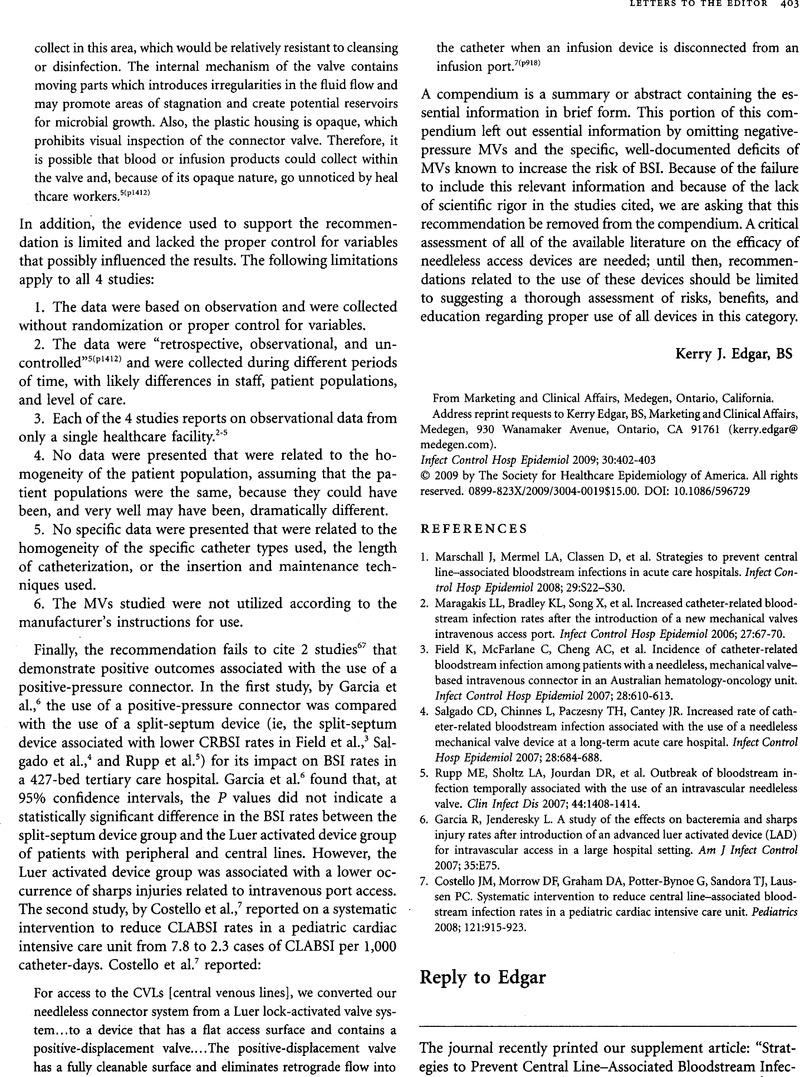Crossref Citations
This article has been cited by the following publications. This list is generated based on data provided by Crossref.
Chernecky, Cynthia
Zadinsky, Julie
Macklin, Denise
and
Maeve, M. Katherine
2013.
The Healthcare and Technology Synergy (HATS) Framework for Comparative Effectiveness Research as Part of Evidence-Based Practice in Vascular Access.
Journal of the Association for Vascular Access,
Vol. 18,
Issue. 3,
p.
169.
Chernecky, Cynthia C.
Macklin, Denise
Jarvis, William R.
and
Joshua, Thomas V.
2014.
Retraction notice to: Comparison of Central Line-Associated Bloodstream Infection Rates when Changing to a Zero Fluid Displacement Intravenous Needleless Connector in Acute Care Settings. Am J Infect Control. 2014;42:200–202..
American Journal of Infection Control,
Vol. 42,
Issue. 2,
p.
200.



